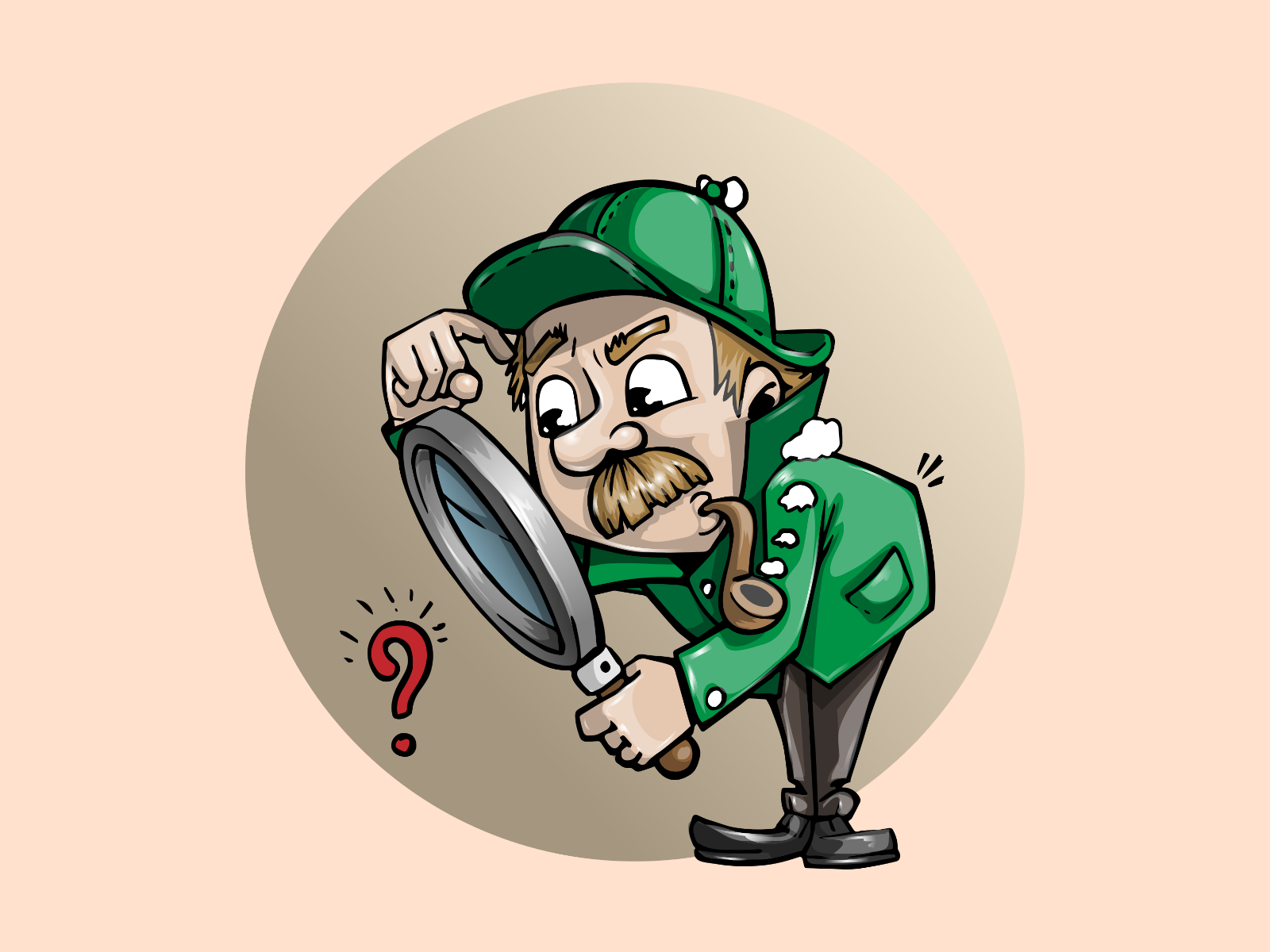

Due to the fact that these photographs are included in this guide, it is likely that these test cases will not work as intended in the future, as search engines will index these photographs and integrate them into their results. Five Test Casesįor testing out different reverse image search techniques and engines, a handful of images representing different types of investigations are used, including both original photographs (not previously uploaded online) and recycled ones.

While Google was not very strong in finding other instances of this man’s face or similar-looking people, it still found the original, un-cropped version of the photograph the screenshot was taken from, showing some utility. Google had no luck at all, while Bing had a single result (fifth image, second row) that also showed Dubinsky. Yandex found numerous photographs of Dubinsky from various sources (only two of the top results had unrelated people), with the result differing from the original image but showing the same person. Below, you can see how the three services searched the face of Sergey Dubinsky, a Russian suspect in the downing of MH17.

While Google and Bing may just look for other photographs showing a person with similar clothes and general facial features, Yandex will search for those matches, and also other photographs of a facial match. Not only will Yandex look for photographs that look similar to the one that has a face in it, but it will also look for other photographs of the same person (determined through matching facial similarities) with completely different lighting, background colors, and positions. The facial recognition algorithms used by Yandex are shockingly good. If you get stuck with the Russian user interface, look out for Выберите файл (Choose file), Введите адрес картинки (Enter image address), and Найти (Search). To use Yandex, go to, then choose the camera icon on the right. While photographs from North America, Africa, and other places may still return useful results on Yandex, you may find yourself frustrated by scrolling through results mostly from Russia, Ukraine, and eastern Europe rather than the country of your target images. Its strengths lie in photographs taken in a European or former-Soviet context. dating sites), for remarkably accurate results with facial and landscape recognition queries. FourSquare and TripAdvisor) and social networks (e.g. This Russian site draws heavily upon user-generated content, such as tourist review sites (e.g. Yandex is by far the best reverse image search engine, with a scary-powerful ability to recognize faces, landscapes, and objects. A fourth service that could also be used in investigations is TinEye, but this site specializes in intellectual property violations and looks for exact duplicates of images. After Yandex, the runners-up are Microsoft’s Bing and Google. The first and most important piece of advice on this topic cannot be stressed enough: Google reverse image search isn’t very good.Īs of this guide’s publication date, the undisputed leader of reverse image search is the Russian site Yandex. After detailing the core differences between the search engines, Yandex, Bing, and Google are tested on five test images showing different objects and from various regions of the world. This guide will walk through detailed strategies to use reverse image search in digital investigations, with an eye towards identifying people and locations, along with determining an image’s progeny. Limiting your search process to uploading a photograph in its original form to just may give you useful results for the most obviously stolen or popular images, but for most any sophisticated research project, you need additional sites at your disposal - along with a lot of creativity. However, if you only use Google for reverse image searching, you will be disappointed more often than not.
:max_bytes(150000):strip_icc()/how-to-use-google-reverse-image-search-4582422-03-5c27d7a446e0fb00016f55a2.jpg)
This method has also seen widespread use in popular culture, perhaps most notably in the MTV show Catfish, which exposes people in online relationships who use stolen photographs on their social media. Reverse image search is one of the most well-known and easiest digital investigative techniques, with two-click functionality of choosing “Search Google for image” in many web browsers.


 0 kommentar(er)
0 kommentar(er)
